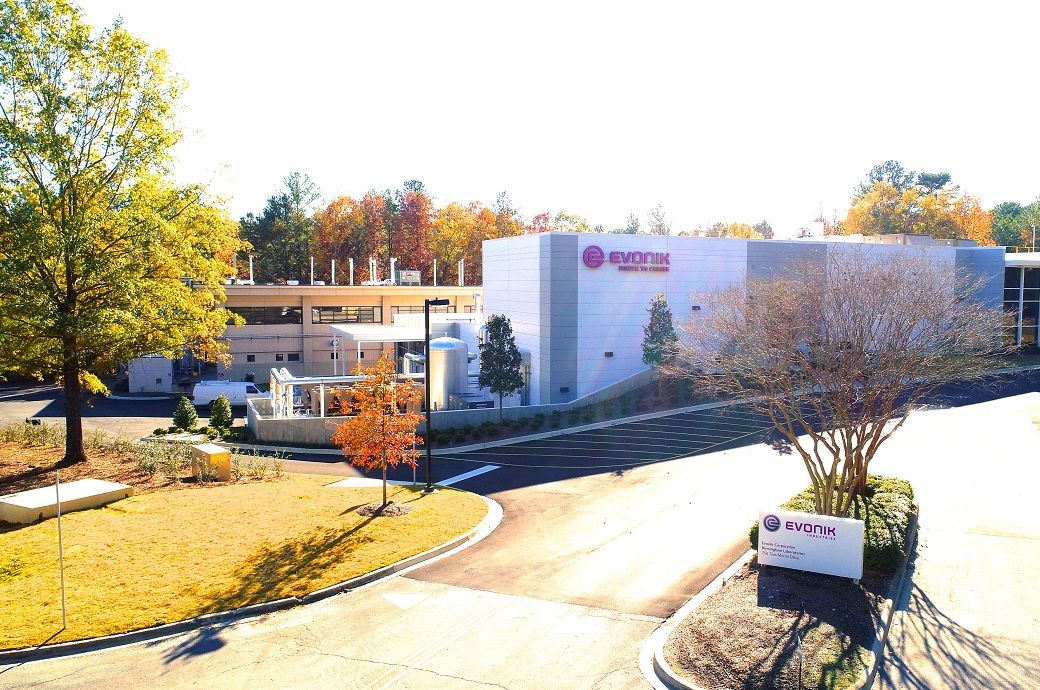
Evonik has upgraded the production of the high-performance foam ROHACELL at its main site in Darmstadt, Germany, to use only electricity from renewable energy sources. As a result, Evonik’s High Performance Polymers business line will cut 3,400 metric tons of CO2 emissions from its annual operations.
“Sustainability is an important part of the growth strategy at Evonik’s High Performance Polymers business line. By reducing the overall carbon footprint of our ROHACELL foams, Evonik is taking a decisive step towards our vision of providing customers with more environmentally friendly solutions,” said Dr. Werner Escher, head of the company’s Foams & PEEK product line.
The supply of green electricity to the Darmstadt site for ROHACELL production is ensured by green electricity certificates and special supply contracts, so-called Power Purchase Agreements (PPA). The exclusive use in production of electricity from sustainable energy contributes to the reduction of emissions, which in turn permits Evonik's ROHACELL customers looking to increase the sustainability of their manufactured products.
Evonik has set itself the goal of generating more than 50% of its sales by 2030 from its “Next Generation Solutions.” These include products like ROHACELL, which offer above-average sustainability benefits.
ROHACELL is a rigid polymethacrylimide structural foam that is extremely lightweight and able to withstand high temperatures and pressures. The high-performing foam is sought after as a material for high-end applications in industries such as aeronautics, electronics, medical technology, transportation, sports equipment. Ideal as a core substance for composite materials, end-products made with ROHACELL such as parts for high-speed trains and electric vehicles, are typically strong yet lighter in overall mass, and have an increased potential for better overall efficiency and lower carbon emissions.
Fibre2Fashion News Desk (HU)